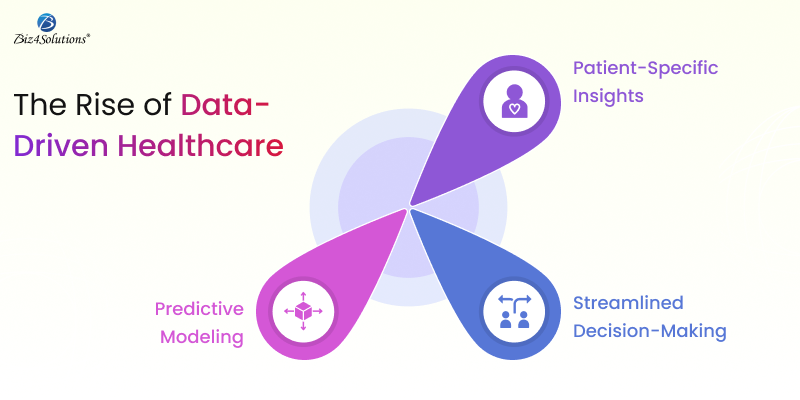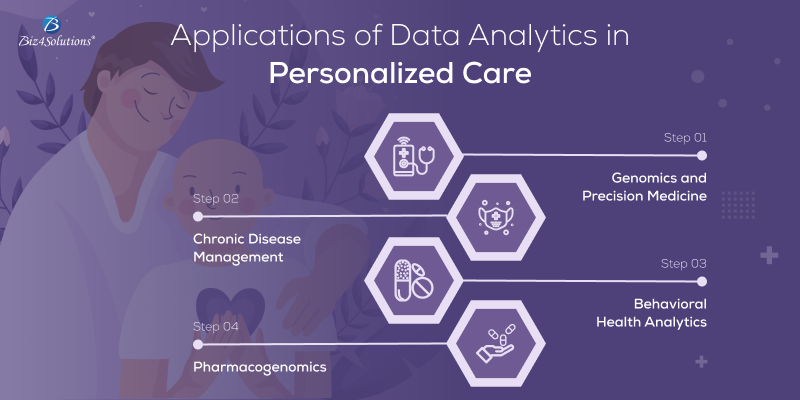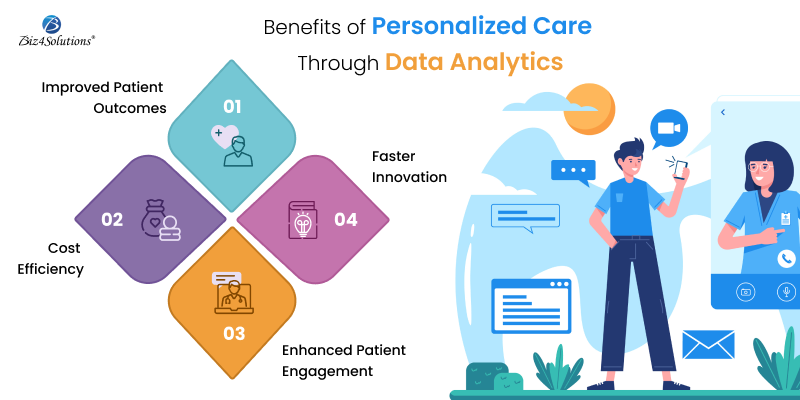How Technology Is Bridging the Gap in Global Healthcare Access
The global healthcare landscape has long faced significant disparities in access, quality, and affordability. While urban areas in developed nations often enjoy state-of-the-art medical facilities and a plethora of healthcare options, rural and underserved regions continue to grapple with limited access to essential medical services. However, the rapid evolution of technology and software development methodologies is transforming the way healthcare is delivered, bridging gaps, and ensuring that quality care is no longer a privilege but a universal right. Let’s explore!
Telemedicine: Bringing Care to Remote Corners
For individuals residing in remote areas, timely access to specialized medical care can be challenging as hospitals may be located far away. A local clinic, equipped with telemedicine technology, is changing this reality. Through high-speed internet and video conferencing, patients can now consult with specialists in urban hospitals without the need for long-distance travel. This integration of technology is not only improving health outcomes but also reducing costs and empowering local healthcare providers with essential knowledge and resources. Through telemedicine, even the most remote communities are gaining access to quality healthcare through real-time consultations, effectively bridging the gap in global healthcare accessibility. The COVID-19 pandemic accelerated telehealth adoption, making it a permanent fixture in modern healthcare systems.
Mobile Health (mHealth): Healthcare at Your Fingertips
Smartphones and mobile applications have become powerful tools for health monitoring and information dissemination.
- Health Monitoring: Apps track vital signs, manage chronic conditions, and remind patients to take medications.
- Health Education: Mobile apps disseminate information on disease prevention, maternal health, and mental well-being.
- Data Collection: mHealth apps help collect valuable health data for research and disease surveillance.
Wearable Technology: Continuous Monitoring for Better Outcomes
Wearable devices such as smartwatches and fitness trackers empower individuals to monitor their health in real time.
- Early Detection: Devices track heart rate, sleep patterns, and physical activity, often alerting users to potential health issues.
- Chronic Disease Management: Continuous monitoring helps in managing conditions such as diabetes and hypertension.
- Integration with Healthcare Providers: Many wearables now connect with healthcare systems, enabling data sharing between patients and doctors.
Artificial Intelligence (AI) and Machine Learning (ML): Enhancing Diagnostics and Treatment
AI and ML are reshaping healthcare by improving diagnostic accuracy, predicting disease outbreaks, and personalizing treatment plans.
- Enhanced Diagnostics: AI-powered tools analyze medical images, such as X-rays and MRIs, with remarkable accuracy.
- Predictive Analytics: ML algorithms help predict disease outbreaks and patient readmission rates.
- Personalized Medicine: AI-driven insights tailor treatment plans based on individual patient data.
Blockchain for Secure and Transparent Healthcare Records
Blockchain technology is enhancing the security and transparency of health records.
- Data Security: Blockchain ensures that patient data is secure and immutable.
- Data Sharing: Patients can share their health records with providers securely and efficiently.
- Fraud Prevention: Blockchain helps combat fraud in healthcare systems by creating a transparent and tamper-proof record of transactions.
Drones and Robotics: Revolutionizing Logistics and Surgery
Drones and robotics are pushing the boundaries of what’s possible in healthcare logistics and surgical procedures.
- Medical Supply Delivery: Drones deliver vaccines, medications, and blood supplies to remote areas.
- Robotic Surgery: Advanced robotic systems assist in performing minimally invasive surgeries with precision.
- Disaster Relief: Drones play a critical role in delivering medical aid during natural disasters.
Virtual Reality (VR) and Augmented Reality (AR): Transforming Training and Treatment
VR and AR are enhancing medical training and patient treatment.
- Medical Training: VR provides immersive training environments for medical professionals.
- Pain Management: VR is used as a distraction tool for pain relief during procedures.
- Rehabilitation: AR aids in physical therapy by guiding patients through exercises.
End Note
Technology is undoubtedly bridging the gap in global healthcare access, making it more equitable and inclusive. From telemedicine and mobile health solutions to AI-driven diagnostics and blockchain-secured records, the innovations are transforming lives. As technology continues to advance, it holds the promise of a future where quality healthcare is accessible to everyone, regardless of geographic location or socioeconomic status.



